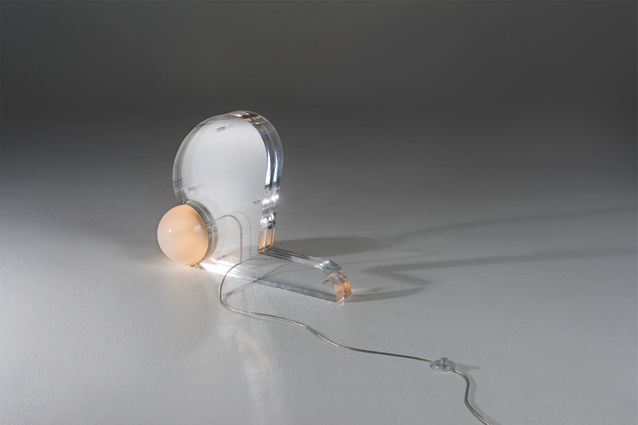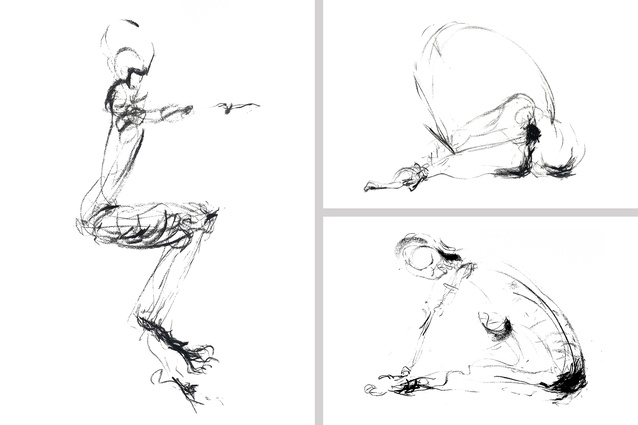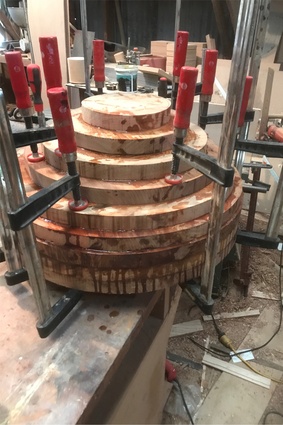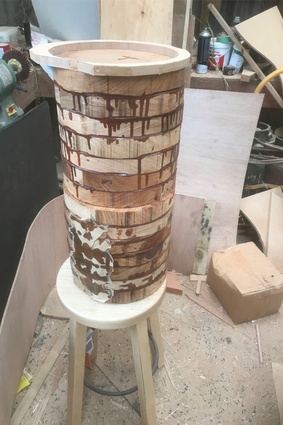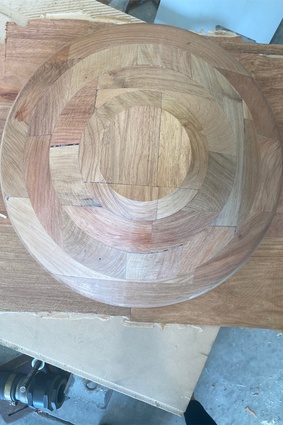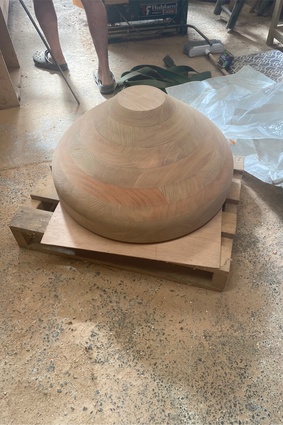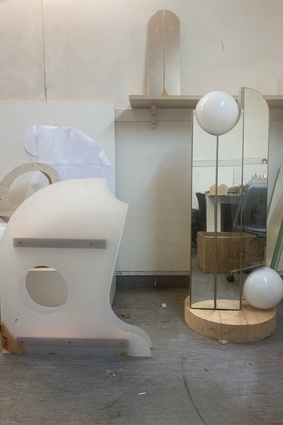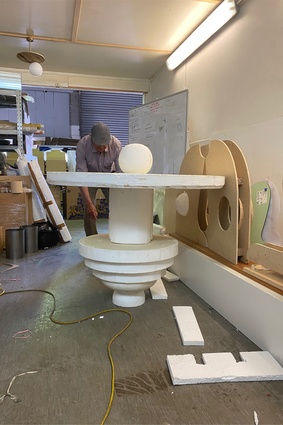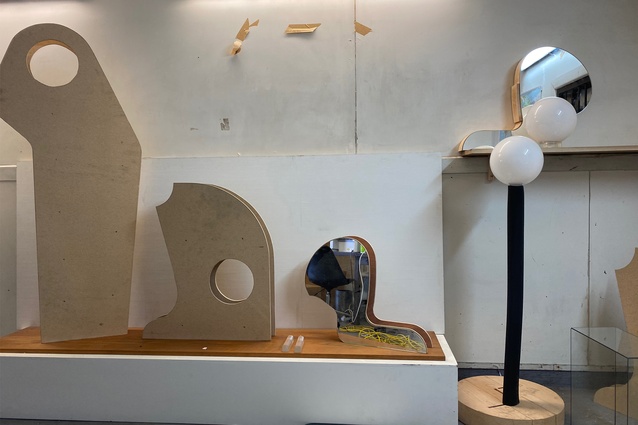Behind the Object: Lens collection
Bec Snelling of Snelling Studio reveals the inspiration and processes behind their latest lighting collection — Lens. The naming, a reference to the designer's experience of the creative process, where through a multitude of learnings, the end products are seen in a new light: through a new lens.
Jacinda Rogers (JR): What was your inspiration behind the Lens collection?
Bec Snelling (BC): The collection was informed through a marriage of my experience of practising yoga and the forms created when later, blind contour drawing these yoga poses. I had started practising hot yoga, as the process of learning something difficult is so rewarding. In savasana (which is the meditative pose), I would think about my work — albeit not think, which is the point of this pose. I have formal training as an artist and blind contour drawing was something I loved. It’s an instinctive process of jotting down your ideas without overthinking them. I soon got to work on doing 30-second blind contour drawings in charcoal of all 26 yoga poses. I would think about the tensions in the body and apply heavier charcoal to those areas. From this body of work, I extracted forms and zoomed in on poses that I particularly loved.
(JR) Once you’d come up with the forms for the collection how did you decide on materials?
(BC): I like the language of the materials to ’be on the same hymn sheet’ so to speak. Once I find suitable materials that conjure up the right look and feel, from there it’s a back-and-forth process of creative and pragmatic decision-making. Letting the ideas run…then back to decision making and so on. Pushing and pulling. Eventually, the focus turns to practicalities and the resultant ideas get run through a feasibility filter.
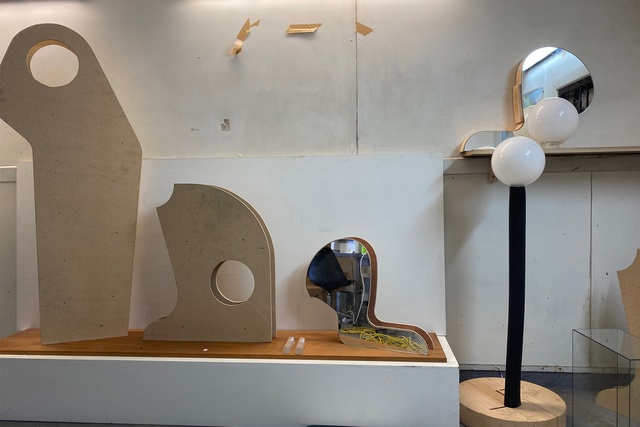

We (myself and my team) then spread out collated materials and arrange them aesthetically, as well as determining their capacity for use as lights. We experiment with making up little maquettes and true-to-size models to play with scale, forms and materiality. Decisions come about through this process. I wanted to talk about learning and clarity as well as a lot of other tensions through these materials. I felt that those ideas were best articulated in clear thickly-cut acrylic, polished stainless steel, off cuts of rosewood and the accidental additive of cibatool (a mould-making material) which I reversed the use of and made it the material.
(JR): Once you have the basic forms and material choices what happens next?
(BC): CAD (computer-assisted design) is used as a tool to refine the designs, build files to send out to CNC machinists and resolve the integration of the electrical inner workings. Snelling Studio has come to specialise in the inner workings of LED light systems in particular. We also developed a new lighting system within this collection to give out the right lumen output to align with our overall vision. At this stage, my team will workshop the result that we want through a series of refinements to arrive at a beautiful visual outcome.

(JR): I gather that piecing together the finished lights is a satisfying process. Talk me through that process.
The timber lamentations are interesting; they are made in our workshop to the required sizes and are sent out to be cut by the CNC machines. From there they are sent out for finishing, then collated finally to make the final pieces. With the Rabbit Sculpture and Lens Block, the polishing and finishing are very specific and are a well-underestimated process in regard to the precision required.
Bringing all the elements together harmoniously is a skill we have fine-tuned. Instinct intersects with experience here. It feels risky and exciting going through this process with each new collection. Some pieces are successful commercially and some we learn from — which is a kind of success in itself. I don’t believe we ever lose.

The Lens Collection is the latest from Snelling (formerly Douglas and Bec) headed by designer Bec Snelling. It is a multidisciplinary creative studio specialising in innovative and sculptural furniture, lighting and objects located in Auckland, New Zealand.
For more information on this collection and others head to snellingstudio.com.

